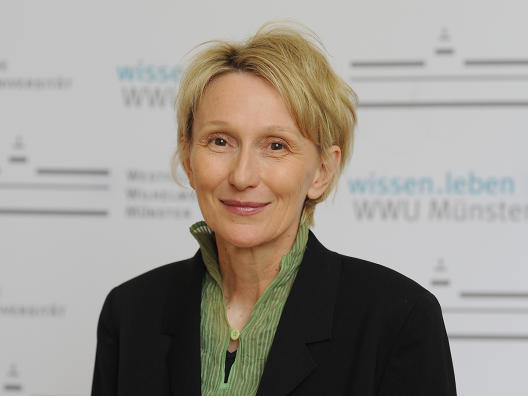Aiming to Prevent Stroke and Dementia

Stroke and dementia rank among the most pressing health issues in Europe. Both conditions are linked with so-called cerebral small vessel diseases (SVDs). SVDs account for more than 30% of strokes and at least 40% of dementia cases. Despite this profound impact on human health, reliably effective treatments for SVDs are still elusive. Now, a network of scientists, mostly from European institutes and universities, has started to investigate mechanisms associated with different SVDs; specifically, they have begun to identify the molecular and cellular mechanisms that compromise the function of diseased microvessels. In the project, scientists will use state-of-the art technologies to develop novel treatments and help prevent stroke and dementia.
The new network “Small vessel diseases in a mechanistic perspective: Targets for Intervention in Stroke and Dementia (SVDs@target)” is funded through the European Union’s Horizon 2020 research and innovation programme, which is contributing six million Euros over five years. SVD@target, made up of ten universities and institutes and a patient organization, brings together top basic scientists and academic clinicians, including Prof. Lydia Sorokin, head of the Institute of Physiological Chemistry and Pathobiochemistry and speaker of the Cells-in-Motion Cluster of Excellence at the University of Münster.
Most members of SVDs@target are clinicians. Lydia Sorokin is one of the few basic scientists of the network who has experience working in translation projects. Furthermore, she provides expertise in a unique field and offers lots of tools that can be used for studying human samples. “We work on extracellular matrix of cerebral vessels, which are different from blood vessels in other tissues, as they are to be very tight against the movement of solutes and cells - i.e. they form what is known as the blood-brain barrier”, explains Lydia Sorokin. “We have shown that it is not only the cellular composition of the blood vessels but also the extracellular matrix that contributes to this special structure and function.” In addition, Lydia Sorokin provides expertise on inflammation in the brain. “There is increasing evidence for a role of inflammation in several neurodegenerative disease, including small vessel disease that is studied in the new project”, explains Lydia Sorokin.

